Love at last sight: Mayfield railway station, Manchester
- Paul Dobraszczyk
- Jul 24, 2013
- 2 min read
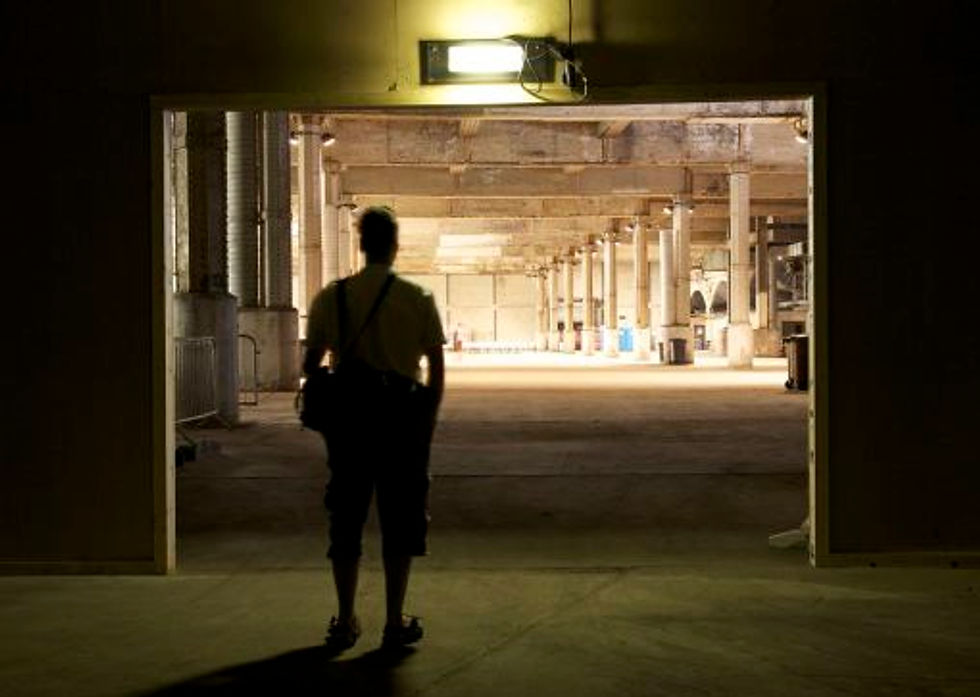
Barely a stone’s throw from Manchester’s bustling transport hub that is Piccadilly station lies the latter’s ghostly doppleganger: the disused Mayfield railway station. Opened in 1910 by the London & North Western Railway Company, this gigantic building operated as a relief-station for the overcrowded Piccadilly next door. In line with Manchester’s industrial decline, Mayfield was closed to passengers in 1960 and permanently shut down in 1968. After years of abandonment and numerous proposals for redevelopment, work began on dismantling the enormous structure in February 2013.
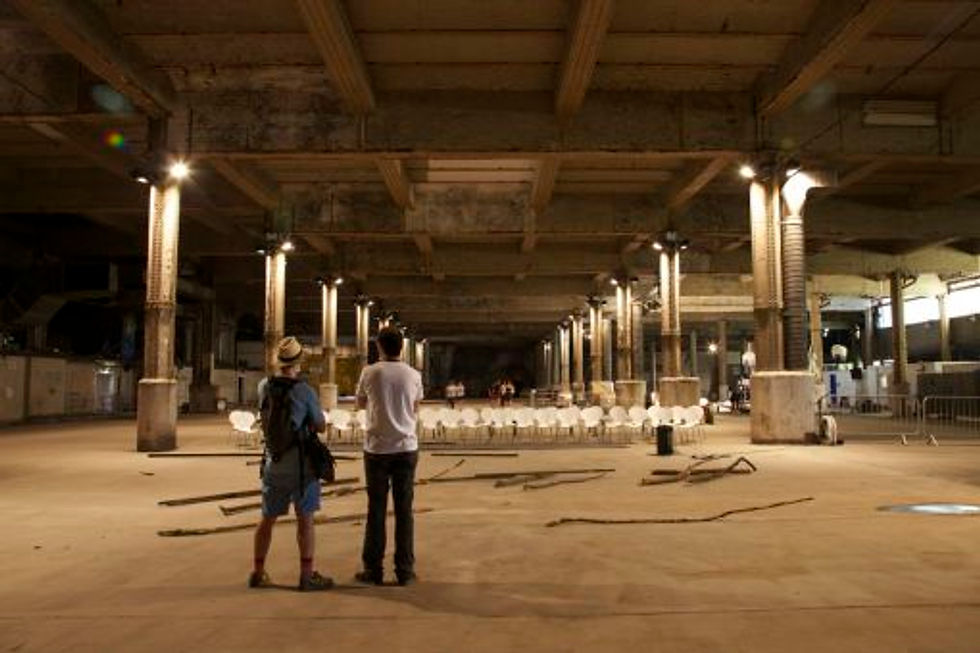
Yet, for two weeks in July, Mayfield was reopened for use as an arts venue for the Manchester International Festival hosting, in its cavernous spaces, a series of events: Massive Attack soundtracked a film by Adam Curtis; Eszter Salamon performed dance; and Tino Sehgal choreographed an installation. Sehgal’s work was located in a pitch-dark chamber at the back of the station: a disconcerting and immersive piece featuring monologues decrying consumerism and shamanistic dances that circled an audience blinded by the darkness.
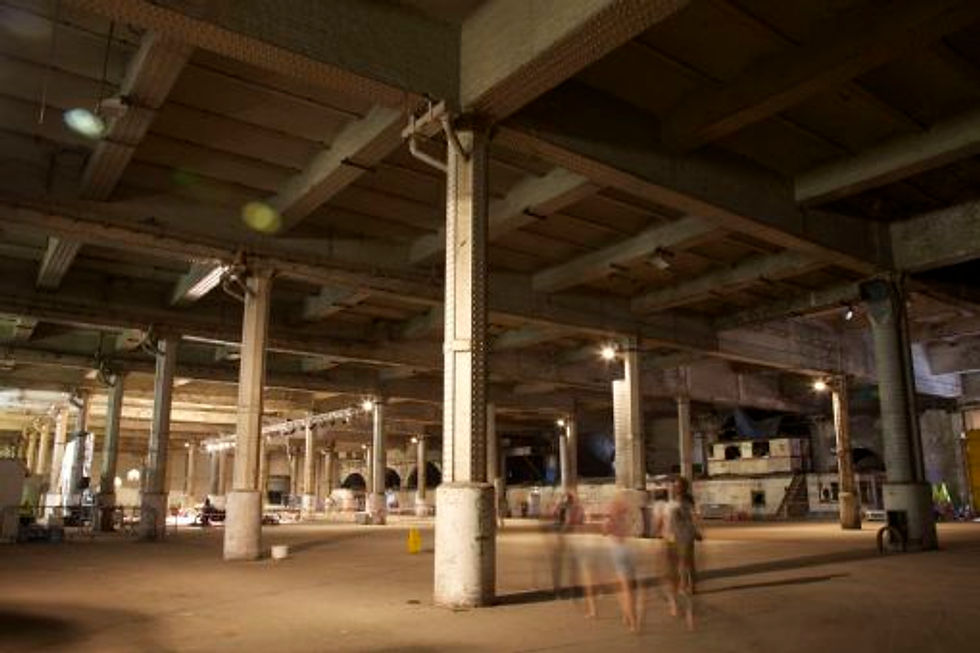

However, for me, the main attraction was the station itself: a vast series of brick-vaulted chambers supported on dozens of steel columns embedded in concrete bases. Long a popular space for illicit exploration, for two short weeks Mayfield opened its arms freely to all. With uncharacteristic summer heat outside, the interior of the station became a cool sanctuary, the sunlight filtered by blinds and seeping through numerous cracks in doorways and windows. Here, the otherwise brutal forms of functionalism unbound had the effect of creating a temporal displacement: was I, like W. G. Sebald in the ruins of Orford Ness, exploring the remains of some long-distant civilisation, the strange forms of the air vents and endless brick vaults leftovers of a enigmatic primitive culture? Or was I in the far-distant future witnessing the ruins of our own culture after its extinction after an unknown catastrophe? Sehgal’s performance seemed to enhance this sense of being catapulted into a different temporal realm – its whooping sounds and enigmatic statements offering something that seemed at once both primitive and futuristic.
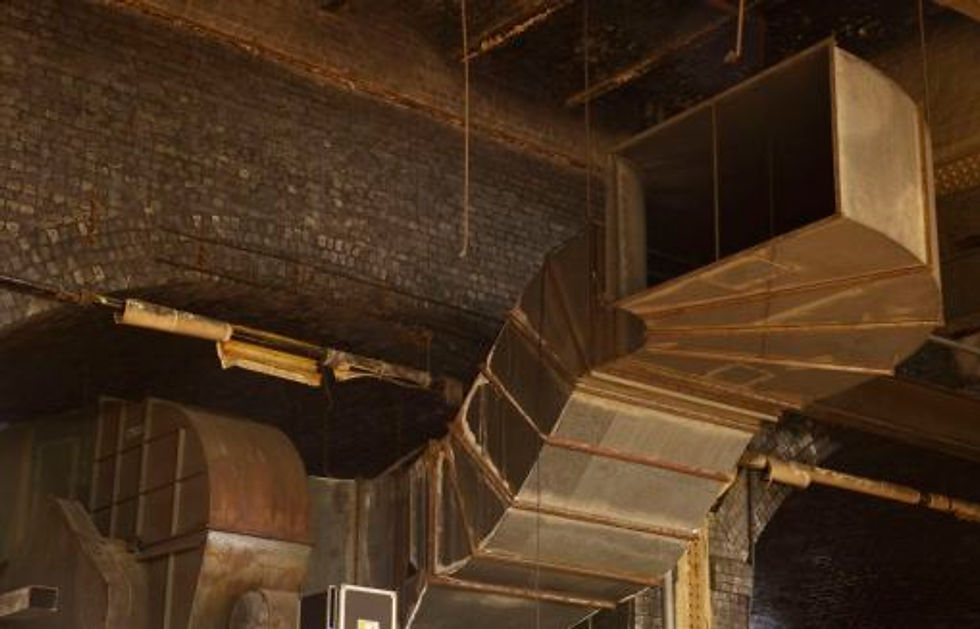
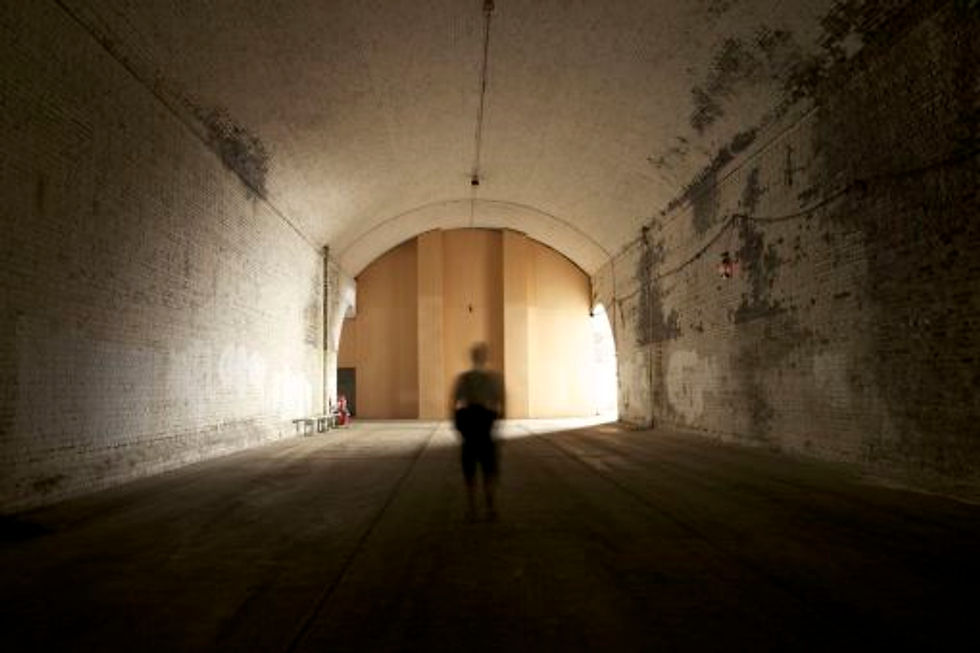
Such displacements are a common result of experiencing large-scale ruins. The dark spaces of Mayfield – cavernous chambers permanently shrouded in shadows – were more like vast underground tombs than industrial leftovers, exuding both threat and tranquility. Such feelings were heightened by the knowledge that this space will soon be erased, its spaces confined to the dark recesses of memory. Truly, this was love at last sight.
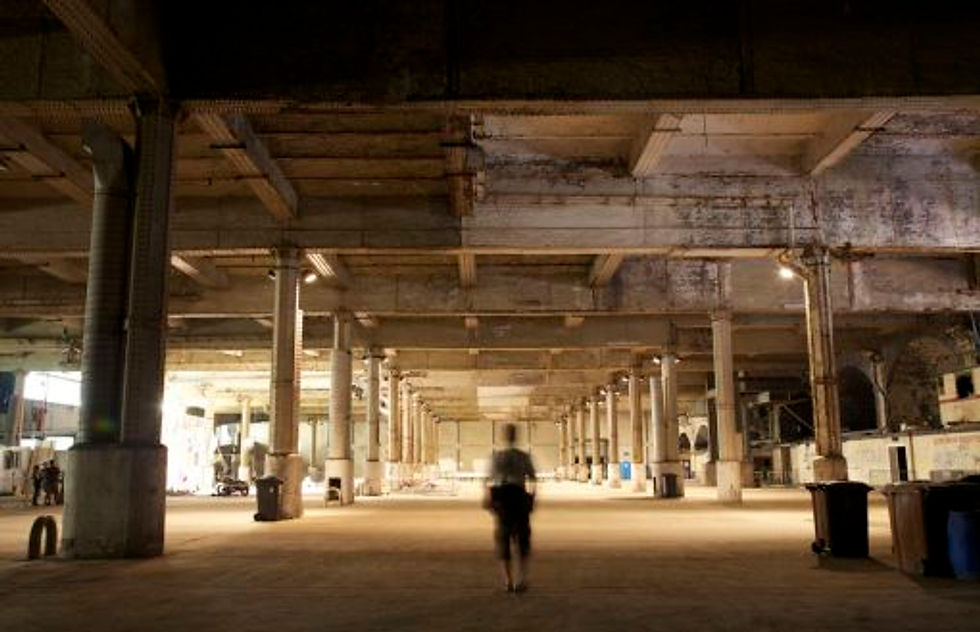



Comments